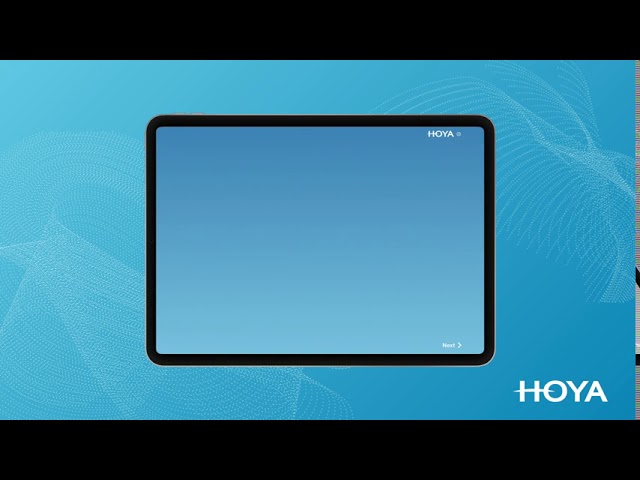Hoya Vision’s Guide to Choosing the Right Lens Design
The Importance of the Right Lens Design
When it comes to eyeglasses, not all lens designs are created equal. The right lens design can lead to better visual acuity, reduced eye strain, and improved overall eye health. That’s why it’s essential to choose the right lens design when purchasing glasses. Hoya Vision, one of the world’s leading lens manufacturers, has created a guide to help you choose the right lens design for your needs.
The Three Main Lens Designs
There are three main types of lens designs: single vision, bifocal, and progressive. Single vision lenses have a single prescription throughout the entire lens and are typically used for correcting distance or reading. Bifocal lenses have two prescriptions in one lens, one for distance and one for reading. Progressive lenses have a gradual change in prescription from the top to the bottom of the lens, which allows for a smooth transition between distance, intermediate, and near vision.
Single Vision Lenses
Single vision lenses come in different materials, including plastic, polycarbonate, and high-index. The type of material you choose will depend on your prescription, budget, and lifestyle. Plastic lenses are the most affordable and suitable for those with low to moderate prescriptions. Polycarbonate lenses are thinner, lighter, and more impact-resistant than plastic lenses, making them ideal for active individuals or children. High-index lenses are the thinnest and lightest option, making them perfect for those with higher prescriptions.
Bifocal Lenses
Bifocal lenses are typically worn by individuals who require both distance and reading prescriptions. There are two types of bifocal lenses: flat-top and round-top. Flat-top bifocals have a visible line separating the two prescriptions, while round-top bifocals have a gradual change in prescription without a visible line. Some individuals may find the visible line distracting, so round-top bifocals may be a better option for them.
Progressive Lenses
Progressive lenses are the most advanced type of lens design, providing a seamless transition between distance, intermediate, and near vision. The lens design is customized to the individual’s specific prescription and needs. Some progressive lenses have additional features, such as wider reading and intermediate areas, making them more suitable for those who spend a lot of time on the computer.
Conclusion
Choosing the right lens design is crucial for maintaining good eye health and optimizing visual acuity. With Hoya Vision’s guide, you can make an informed decision about which lens design is best for you. Remember to consult with your eye doctor before making a final decision on your lenses to ensure you get the best possible vision correction for your specific needs.
Resources
Contents
Most wanted in Hoya Vision:
What are prism eyeglass lenses?
Hoya Lens Engravings
What brand lenses does Costco use?
What does +0.25 mean on an eye test?
Do tinted glasses help with migraines?
Should eyeglasses cover eyebrows?
Hoya Identification Chart
What LED light is best for broken capillaries?
Does hyperopia worsen with age?
What is the difference between Ray Ban RB and Rx?
















